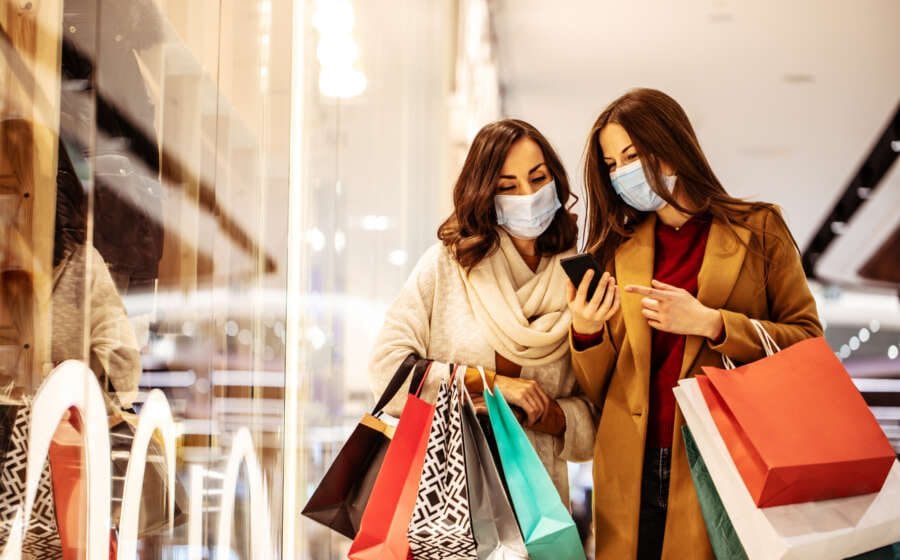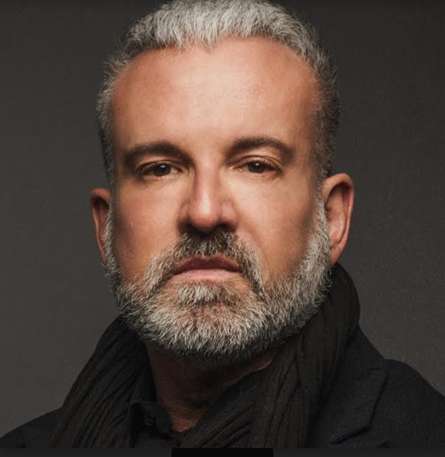

During the pandemic, we experienced one of the largest spikes in e-commerce sales to date. Post-pandemic, we are experiencing a rise in physical store experiences as consumers crave human interaction. Brands are no longer selling a product, but rather selling a memorable experience, creating a sense of connectivity and brand loyalty. People remember places and not websites, so creating something that gets people talking about the brand is powerful and engaging.
Following the pandemic, brands are making experiences exceptional by creating highly personalised moments for their consumers. People look to experience luxury brands as fully immersive moments, which gives the brand the opportunity to create a 360 experience. Taking every touchpoint into consideration is vital, especially an olfactory memory like smell. Most brands create their signature fragrance which creates a moment of nostalgia whenever anyone enters the room, adding feeling and emotion to the brand.
Another area of focus for the luxury industry is accessibility and location – many luxury brands are opening stores in new neighbourhoods to make their products more accessible for their key HNW customers, Chanel invite only store in the Hamptons for example. They are creating a whole world and community, which emphasises the culture and community of consumers that purchase these luxury products. It is a fantastic pier to pier marketing tactic, think of the golden age of couture that reinforced one’s status by visiting iconic fashion houses.
During Covid we shifted towards digital consumption, customers now see shopping in stores as the ultimate place for service, seeking quality and interaction throughout. Location plays an important role when considering where to place these experiences. Louis Vuitton, for example, designs their stores with the accuracy of exhibition curation. Creating a gallery or a fun experience transforms the store to become multidisciplinary, blurring the lines of what a standard retail means.
Blending the customer experience both on and offline is important as retailers want customers to have the same level of deep personalisation even when shopping online. Many companies are creating a unique avatar and unique ID for consumers to ensure they are getting the same satisfaction.
We are transitioning towards phygital experiences, with the metaverse and AI being adopted in stores to blur the lines between virtual and reality to draw customers in. Shopping in stores is still drawing in higher sales and brands are aware that when customers come in they are likely to buy more, which is why the customer journey is essential.
There is no doubt that Covid has been disruptive to many retail brands, but it has also tested business resilience in a positive way. There has been a forced acceleration of the use of digital among a broader group of consumers who will, post-pandemic, continue to shop this way. Brands who are doing well understand how to use the digital world to connect with their customer but that the transactional aspect of shopping is secondary to the connectivity of the retail experience. Brands need to think of stores as a place for leisure rather than a place for commercial transactions. Paris recently announced plans to pedestrianize the Champs Elysees creating a beautiful outdoor park space. This is what consumers are gravitating towards and just because the purpose of physical shopping has changed, it doesn’t mean having a physical presence on the high street is redundant. Rather than closing stores, brands should be looking at how they can revitalise their spaces, not just their appearance, but the purpose.


